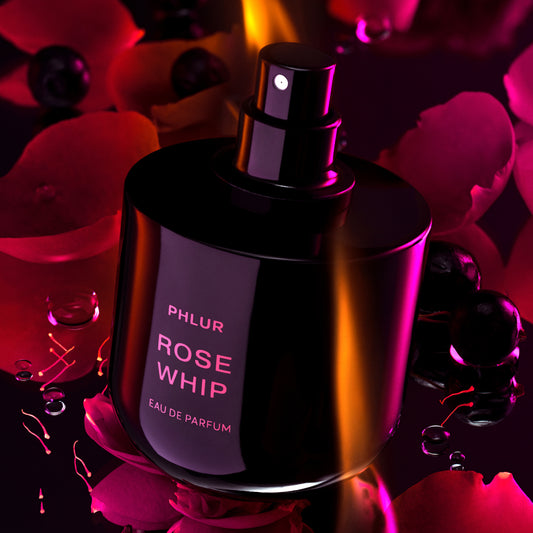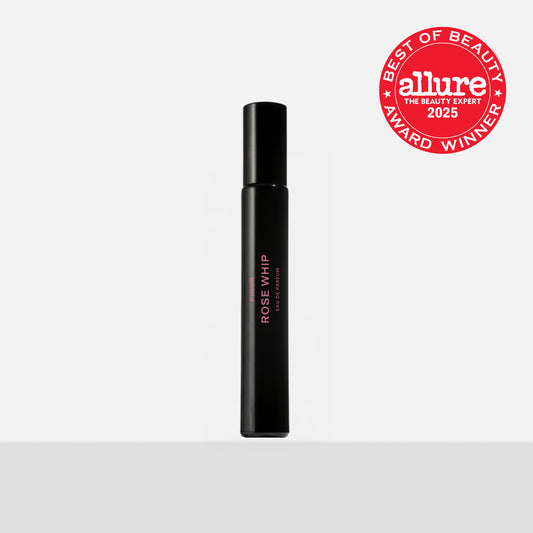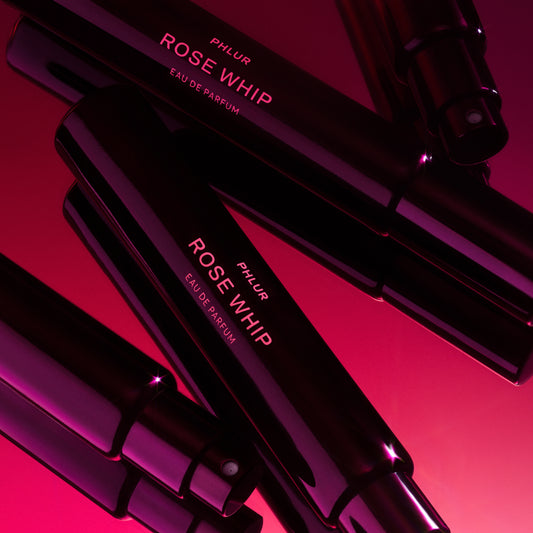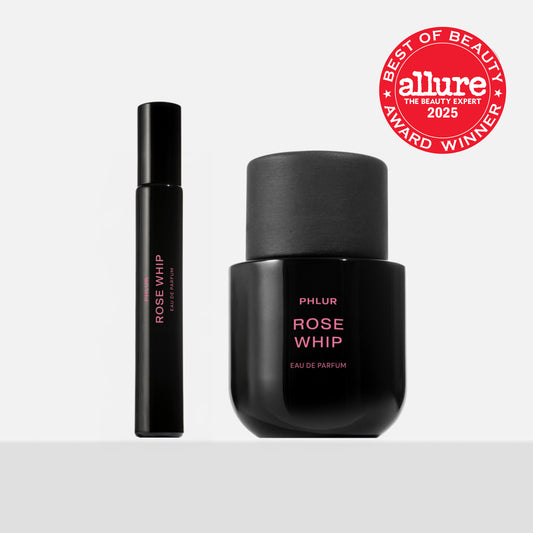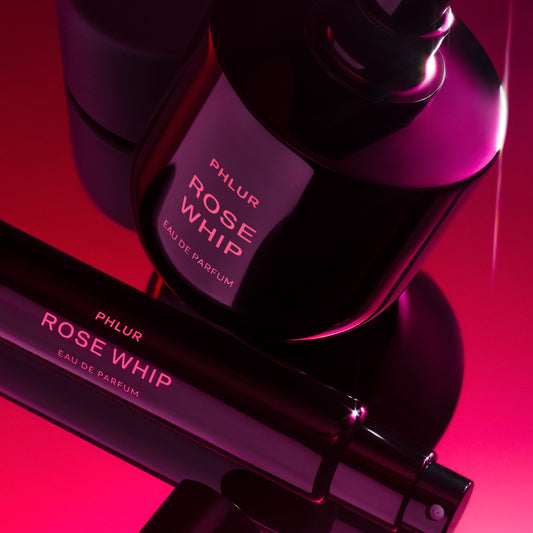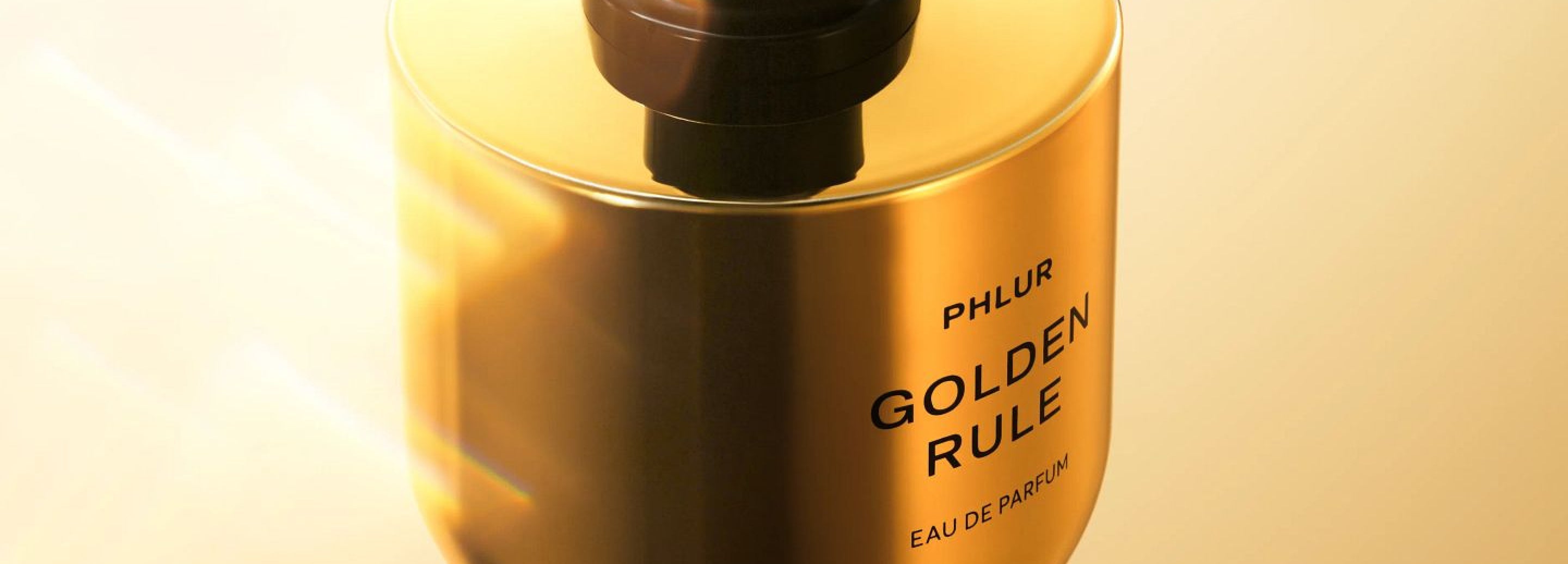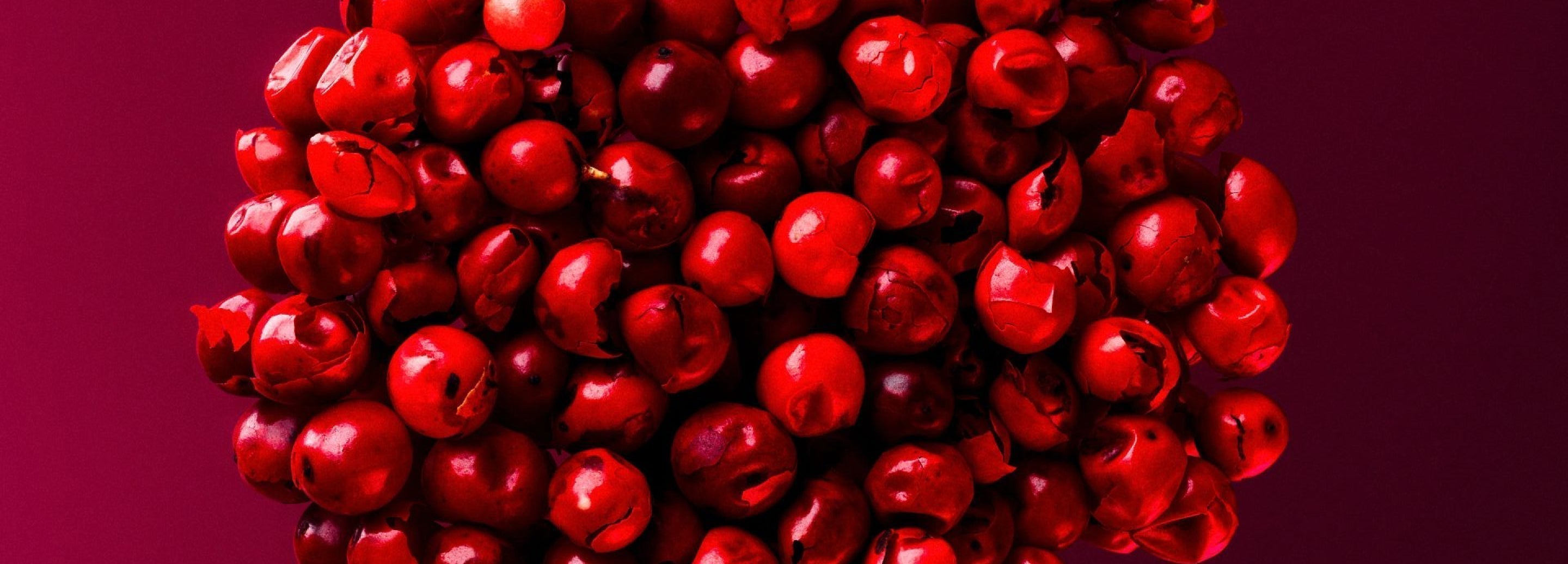How Is Rose Used in Perfume??
Rose is one of the most widely recognized floral fragrance notes. It can be considered a cherished and timeless ingredient, because of its wide use in all fragrance formats including perfumes, home aromas, candles and personal care. A perfumer may incorporate a rose accord in a perfume to invoke feelings of romance and a high level of elegance. Extracted from the petals of the fragrant flower of the genus Rosa, rose essential oil is highly prized and often blended with other elements to create complex and nuanced compositions. Whether used as a standalone note or as part of a larger aromatic composition, rose is a beloved and popular ingredient in the world of perfumery.
Origin of Rose in Perfumery:
The exact start of using the rose petal for aromatic purposes is difficult to determine but reference materials note it as early as the 10th century. India and the Middle East are most often mentioned as the original regions utilizing the practice of rose petal distillation. Ancient Greeks and Romans used rose petals as well as Persians who receive credit for rose water and rose oil creation. In the south of India, the rose centifolia was once very popular due to its beautiful smell. However, it was also very fragile, requiring a lot of pesticide to survive. Because of this, the rosa bourboniana—brighter in color, subtler in scent, more resilient—has swelled in popularity over the last 15 years.
Function:
The function of the rose note or a rose accord in perfumery is to provide a distinct and complex floral aroma that adds depth, richness, and elegance to fragrances. Rose is classified as a floral note and specifically utilized as a “heart" or "middle note". It serves as a bridge between the top notes (which are typically light and fleeting) and the base notes (which are often deep and long-lasting) in a fragrance composition. Rose is used as a base note in Phlur's Rose Whip Perfume.
Rose is known for its ability to evoke feelings of romance, elegance, and femininity. When used in perfumes, it can add a sense of warmth, depth, and complexity to the overall scent. It is often used in a wide range of perfumes, from light and delicate floral scents to bold and rich oriental or chypre fragrances. Rose can also be used in combination with other notes to create various scent profiles, such as fruity, spicy, or woody, depending on the desired fragrance composition.
The main purpose of rose in perfumery is to enhance and elevate the overall olfactory experience of a fragrance but it can also be used for its natural fixative properties, helping to extend the longevity of a fragrance on the skin. Additionally, due to its association with romance and elegance, rose is often used in perfumes aimed at luxury gifting on special occasions.
Ingredient Type:
Rose can be utilized in its natural state as well as a synthetic version in perfumery. Natural rose ingredients are derived from the actual rose flower, typically through processes such as steam distillation or solvent extraction. Rose essential oil, rose absolute, or rose water, which are extracted from the petals of various species of roses, are all utilized in development.
Synthetic rose ingredients are created in a laboratory using chemical compounds that mimic the scent profile of natural roses. These synthetic ingredients are often referred to as "rose synthetics" or "rose aroma chemicals" and are designed to replicate the aroma of roses without using any actual rose petals. Synthetic rose ingredients can be precisely engineered to meet specific fragrance needs as well as being more cost-effective and consistent in their scent compared to natural rose ingredients.
For perfume developers, a combination of both natural and synthetic rose ingredients can work well, depending on the desired scent profile, cost considerations, and availability of ingredients. An expertise is needed to create a harmonious blend of rose materials to achieve the desired olfactory effect.
Scent Profile:
Rose has a true floral, romantic, and complex scent profile when used in perfumery. Its aroma is often described as sweet, fresh, and slightly spicy, with undertones of green, fruity, and powdery notes. Rose is a versatile note that adds a luxurious floral scent to perfumes, and when blended with other ingredients, creates a range of classic to modern scent profiles. The captivating and enduring aroma of rose adds depth, complexity, and elegance to fragrance compositions.
Variations of Rose in Perfumery:
There are several variations of rose that are commonly used in perfumery, including:
- Rose de Mai: Also known as May Rose, this is a highly prized variety of rose that is harvested in Grasse, France. It has a rich, complex scent with notes of honey, fruit, and spice.
- Damask Rose: This is another highly valued variety of rose that is known for its intense, spicy aroma. It is grown in Bulgaria, Turkey, and Iran, among other places.
- Tea Rose: This type of rose has a lighter, fresher scent than other varieties, with notes of green tea and herbs.
- Bourbon Rose: This is a type of rose that is known for its sweet, fruity scent with notes of apricot and raspberry. It is named after the island of Bourbon (now called Reunion), where it was first cultivated.
- Turkish Rose: This is a type of rose that is grown in Turkey and has a spicy, fruity scent with notes of clove and cinnamon.
- Bulgarian Rose: This type of rose is known for its rich, full-bodied scent with notes of honey and fruit. It is one of the most commonly used rose varieties in perfumery.
- Moroccan Rose: Moroccan Rose is known for its intense, exotic scent with notes of citrus and spice. It is often used in high-end fragrances and luxury beauty products.
What Fragrance Family is Rose in?
Rose is classified as a floral note in perfumery due to its rich, complex, and distinctive floral scent. Floral fragrances, which include notes like rose, jasmine, and lily, are one of the main fragrance families alongside amber, woody, and fresh fragrances.
In addition to its use as a floral note, rose can also be employed in other fragrance families such as amber or spicy compositions, where it adds a warm and sensual element. Overall, rose is widely used in perfumery for its elegant and romantic qualities, whether as a standalone note or in combination with other floral ingredients to create more intricate floral compositions.



